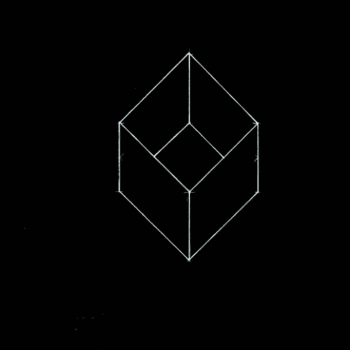We start with #(x-3)/4+x/2=3#. In order to add fractions, the denominators must be equal. So, if we want to change the denominators to be the same, we'll need to find the components of the denominators and check what each one has and what it requires to be the same as the others.
In this case that means #(x-3)/4# becomes #(x-3)/(2*2)#, and since neither #x/2# nor #3/1# can be simplified into any further components, we'll leave them alone. So, in this case, the components are #2, 2#. What that means for us is that each denominator must have all of these components.
#(x-3)/(color(green)(2)*color(green)(2))+x/color(green)(2)=3/1#. We need to give #x/2# another #color(blue)(2# and #3# needs #color(blue)(2)# and #color(blue)(2)#, until it looks like this: #(x-3)/(color(green)(2)*color(green)(2))+x/(color(green)(2)*color(blue)(2))=3/(color(blue)(2)*color(blue)(2))#.
WAIT!!!!!!
We can't multiply the denominators alone. What we do to the bottom we must do to the top, so the equation should really look like this , with #color(blue)(blue)# meaning that the number is new and #color(green)(green)# signifying that the number was there originally: #(x-3)/(color(green)(2)*color(green)(2))+(x*color(blue)(2))/(color(green)(2)*color(blue)(2))=(3*color(blue)(2)*color(blue)(2))/(color(blue)(2)*color(blue)(2))#.
Now, let's clean up this mess.
#(x-3)/(color(green)(2)*color(green)(2))+(x*color(blue)(2))/(color(green)(2)*color(blue)(2)# becomes #((x-3)+2x)/4# and #(3*color(blue)(2)*color(blue)(2))/(color(blue)(2)*color(blue)(2))# can be simplified to #12/4#.
This gives us #((x-3)+2x)/4=12/4#. Multiplying by #4# on both sides leaves us with just #(x-3)+2x=12#. That can be rewritten as #x-3+2x=12#, and by adding #3# on both sides, we have #x+2x=15#. Simplify a little more and we get #3x=15#. If we divide by #3# on both sides we arrive at #x=5#.
Just to double check, let's solve the equation we were given originally, by substituting #5# for #x#.
We began with #(x-3)/4+x/2=3#, which becomes #(5-3)/4+5/2=3#. This can be simplified to #2/4+5/2=3#, which we can solve by changing #5/2# to #10/4#. That gives us #2/4+10/4#, or #12/4=3#, which is true! We were right! Nice job


